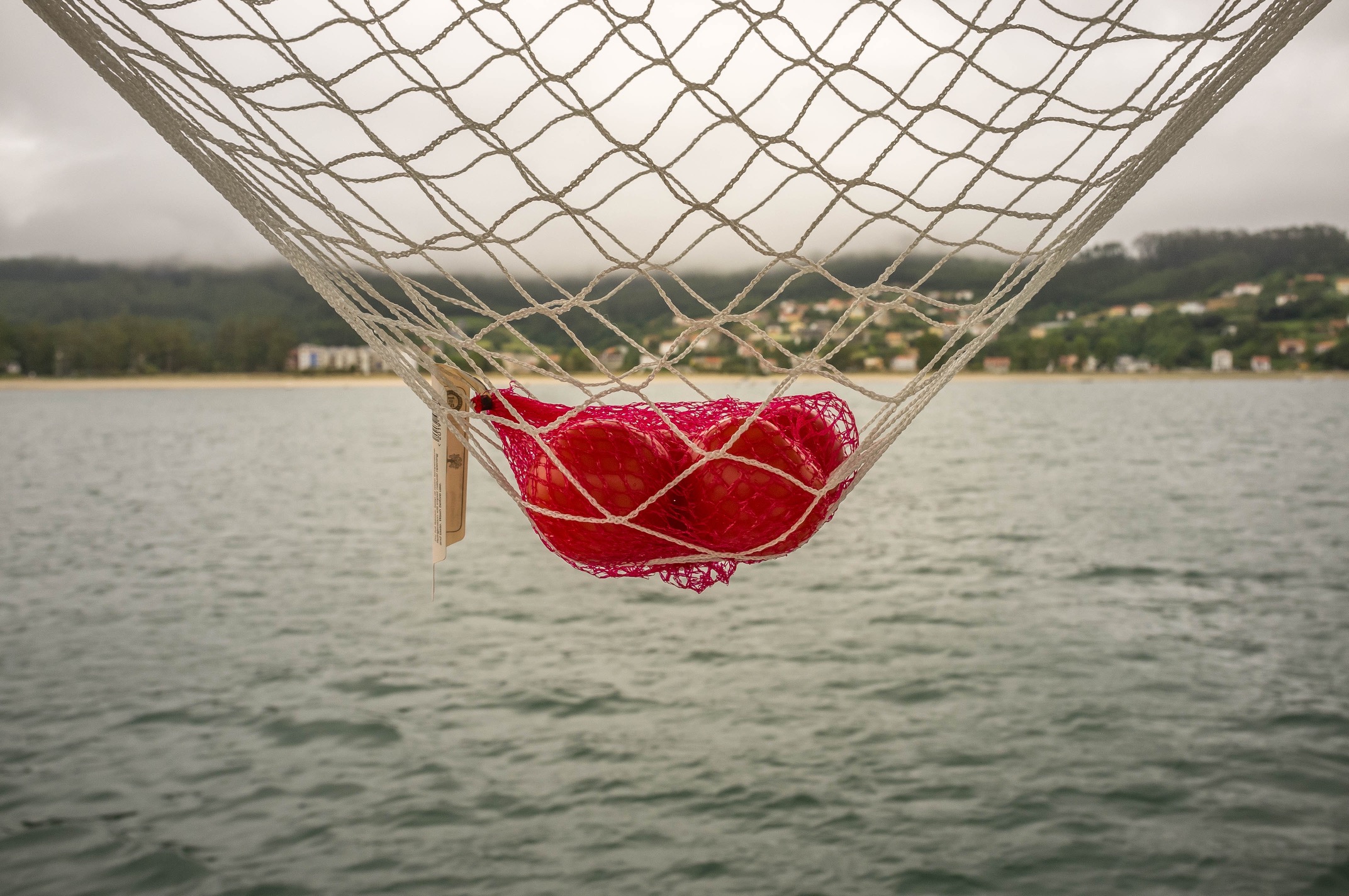The Bay of Biscay
Biscay,
Falmouth,
Galicia,
Passage,
Sailing,
Spain
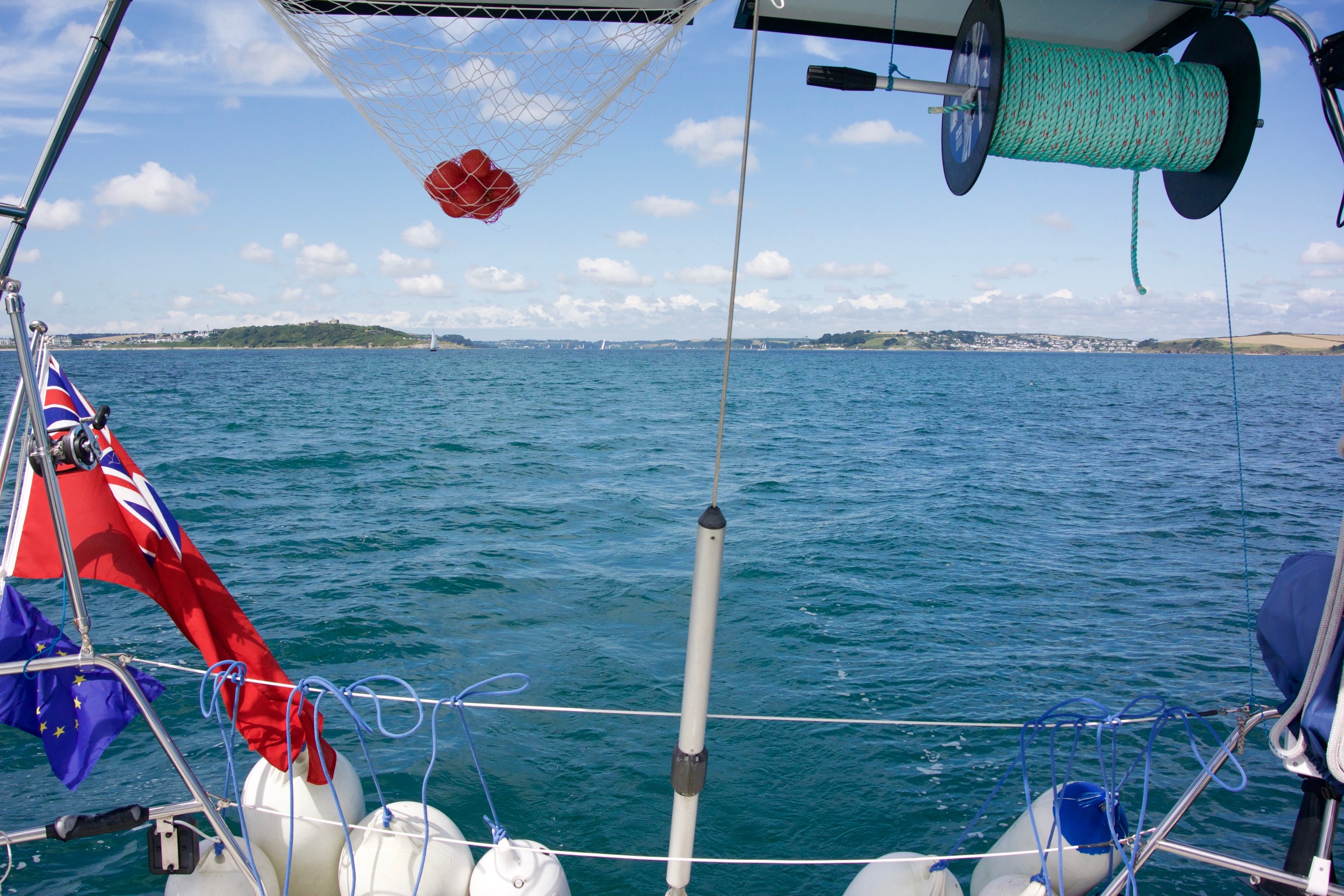
After seeing a boat get stuck in the mud a mere two boat lengths away from us, we decided to wait for a bit more of the incoming tide before leaving Mylor. Just before leaving, we dug up the Spanish courtesy flag, only to find we somehow didn't have one, despite careful preparations some time ago. The local chandlery didn't have one either, so we had to do some arts & crafts underway.
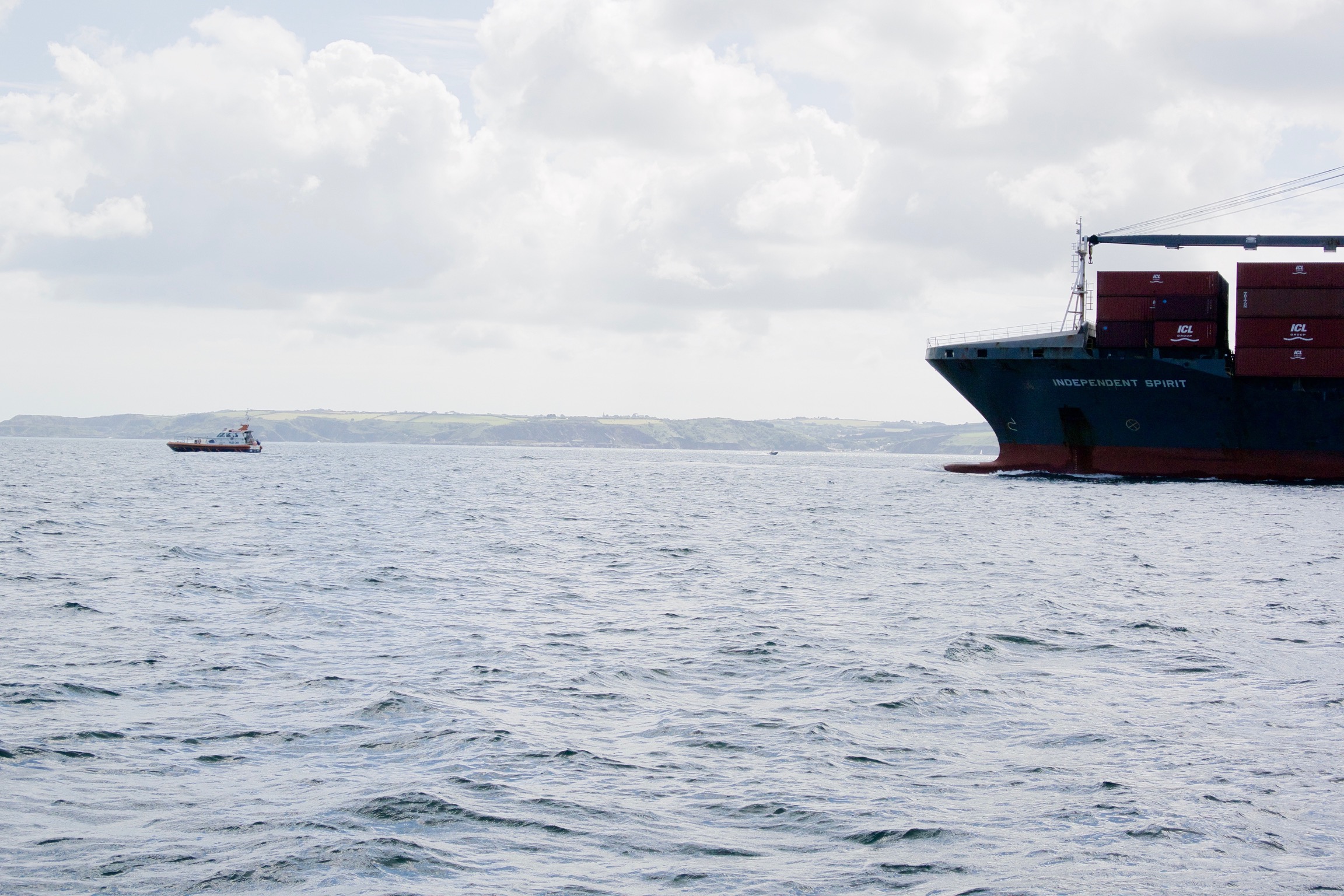
Finally we left Mylor, put up sails and turned the engine off. Fought the tide out past the Lizard. Many anchored ships to avoid, including one that decided to raise anchor and bear straight at us just as we passed. Their pilot boat actually came to chase us off and forced us to gybe rather than state their intentions on the VHF radio. During Sunday night we crossed the English channel once again. Shipping traffic was not too busy. Wind was up to 18 knots but seas not too rolly yet. We were making a good 6-6.5 knots speed over ground (SOG). At least one of us always kept watch on deck, while the other rested below, with the occasional snack or hot drink prepared. It can get pretty chilly on deck at night, especially with the wind and a bit of drizzle, so we dressed in many layers, with waterproofs on top, and hid under the sprayhood when the wind chill or rain got to us.

We had timed things well, and Monday morning saw the first ships of the Ushant (Ouessant) TSS (Traffic Separation Scheme - a sort of invisible highway for cargo ships). We also saw a nasty cross sea had built, with swell going in two different directions and wind seas in a third. Wind was up to 15-24 knots, which meant we were barreling along with over 7 knots under reefed sails, but it was a very unpleasant ride, with the boat pitching, yawing and rolling all at once. We both needed seasickness pills and the comfort bucket was kept nearby in case of need. We sailed around the outside of the TSS, then made a course change heading straight for the Northwest corner of Spain. We then crossed the shipping traffic at a very gentle angle (after the TSS, where such behaviour is not allowed), going almost parallel with it, which took most of Monday. Traffic was fairly light and this worked well, as cargo shipping splits up in different directions after turning the corner at Ushant. We only had to make a few minor course alterations to avoid ships. By evening we were well into the Bay of Biscay, and the nasty cross seas had abated to about 1.5-2m waves on the beam, which gave Songbird a gentle roll. We welcomed this - it was nowhere near as unpleasant as the previous omni-directional bouncy castle ride. Wind was still a good 14-20 knots on the beam or slightly forward thereof, so we continued to make good speed.
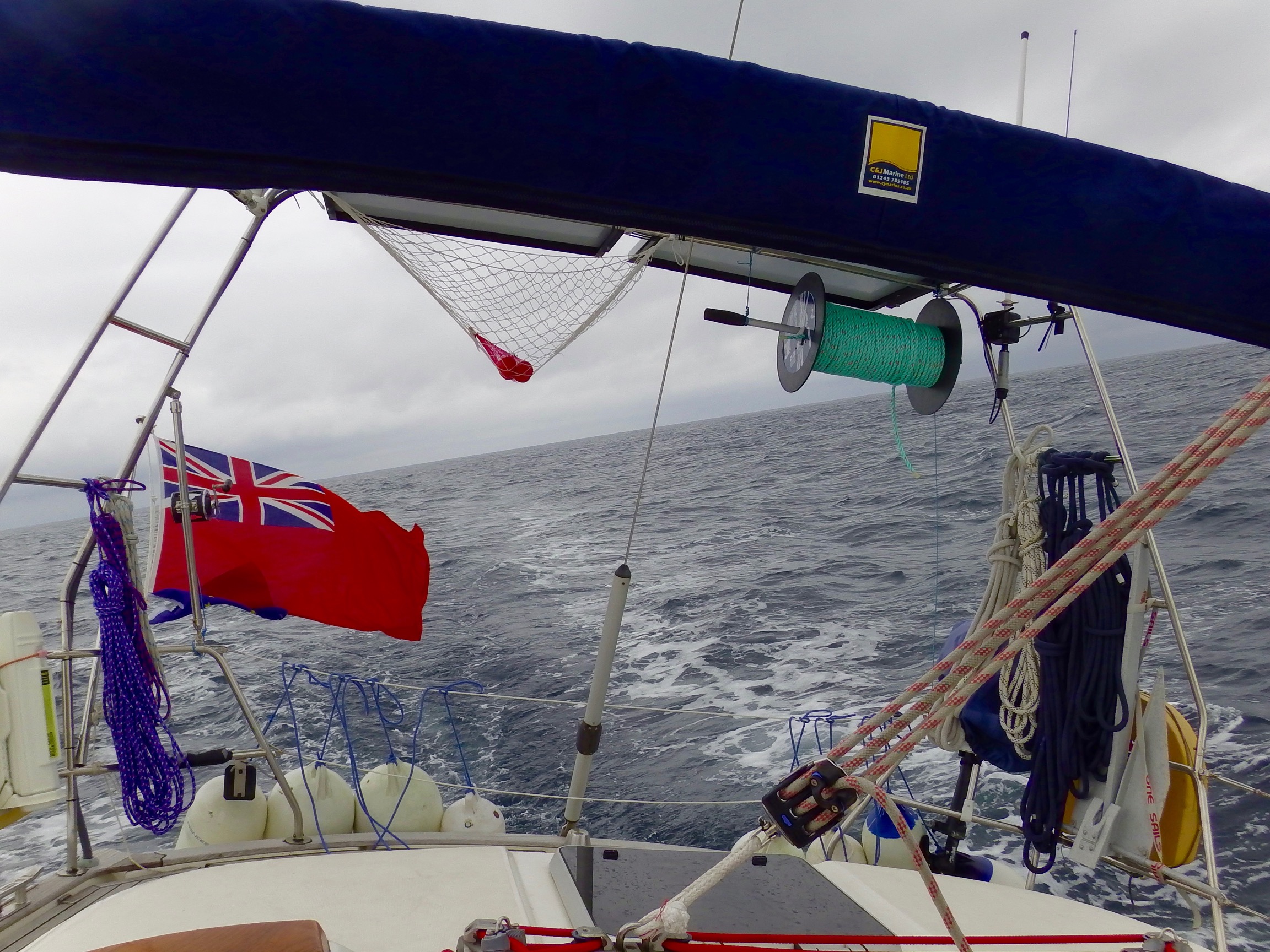
Tuesday morning the wind died down to 7-8 knots and as we had made excellent progress and burnt no fuel so far, I decided to motorsail for a bit. After two hours of that, the wind came back. Same again in the evening around sunset and Wednesday morning. We were now past the half-way mark and saw very little other traffic, with nothing around us but empty ocean for long stretches. 10-15 minute naps in the cockpit between looking around were permitted during this part of the passage, as we both had found little sleep in the previously bouncy ride.
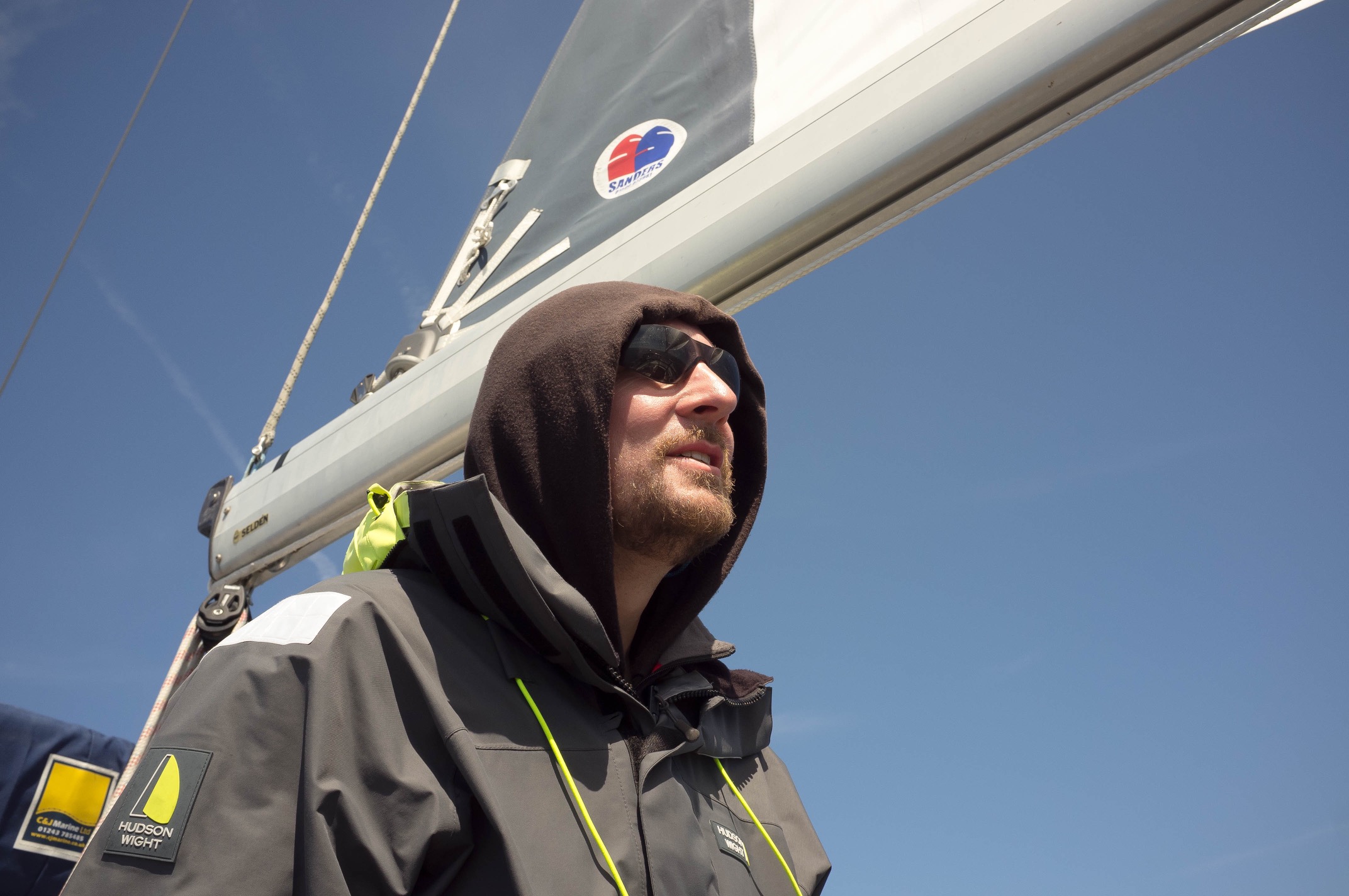
Sometime during Tuesday I noticed the autopilot drive (freshly serviced and all) was starting to make an occasional howling sound, like it was working harder than it should be. I investigated, found the drive fairly warm (52°C) but wasn't sure if that was normal or not, as I'd never before measured its temperature, and during my ownership it never had to work for 3 days straight before. An hour of hand steering to let it cool down showed no improvement, and I didn't fancy taking the steering system apart underway to diagnose further. I turned the controller's rudder gain down as far as possible so that the drive would have less work and hoped it would last the rest of the way like that. Else it would be hand steering for about 36 hours, which would be grim.
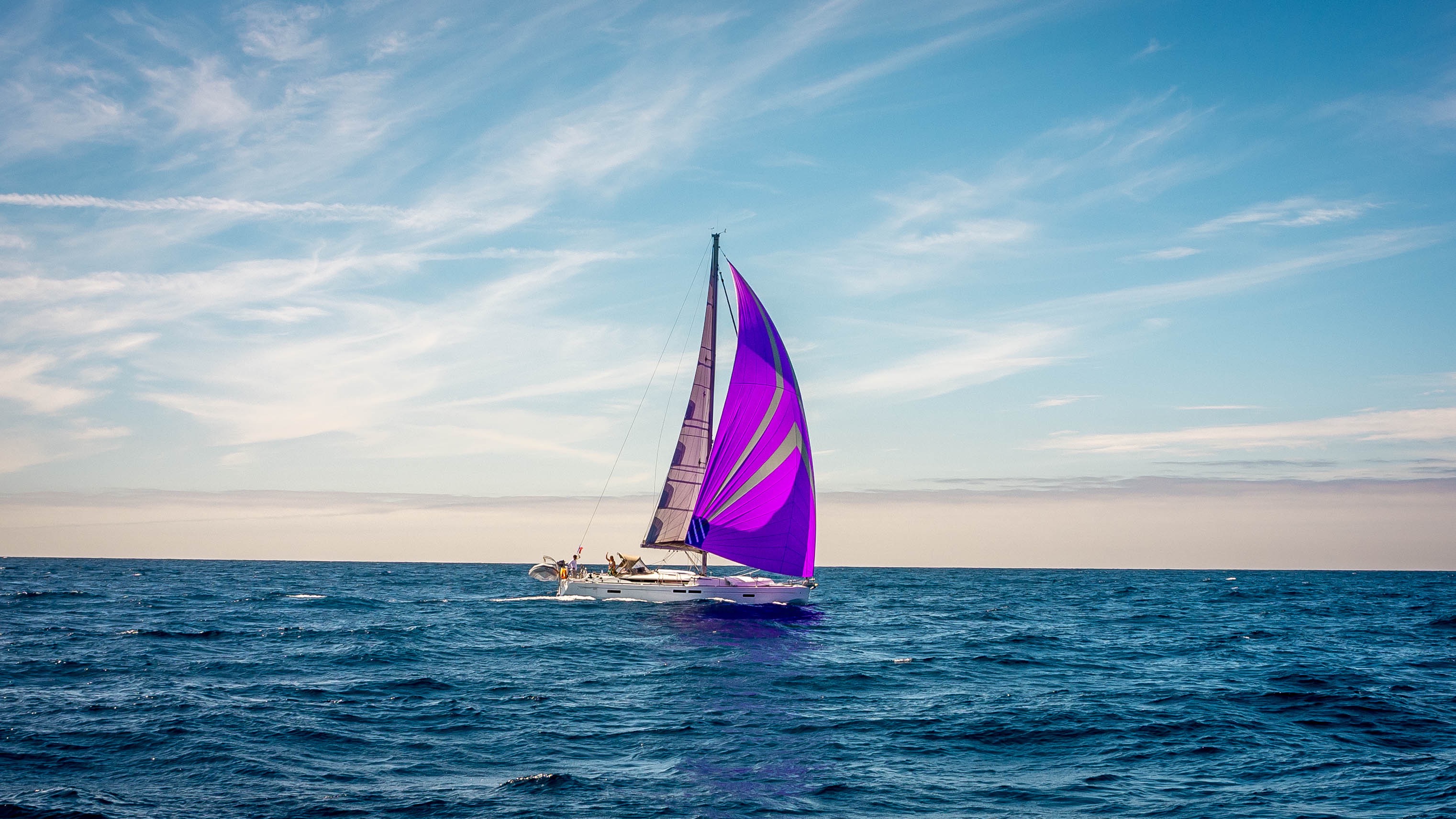
Wednesday morning the wind was very slowly shifting forwards until were were sailing hard upwind, and eventually the sails started luffing. We did two half-hearted tacks upwind but decided this would put our arrival into the night, so instead turned on the engine again and motorsailed the rest of the way. Started seeing the first sailboats since entering Biscay, and a bit of cargo traffic that was heading along the northern coast of Spain. We also saw land for the first time in 4 days. It was still far away, and that last bit of any passage really stretches on.
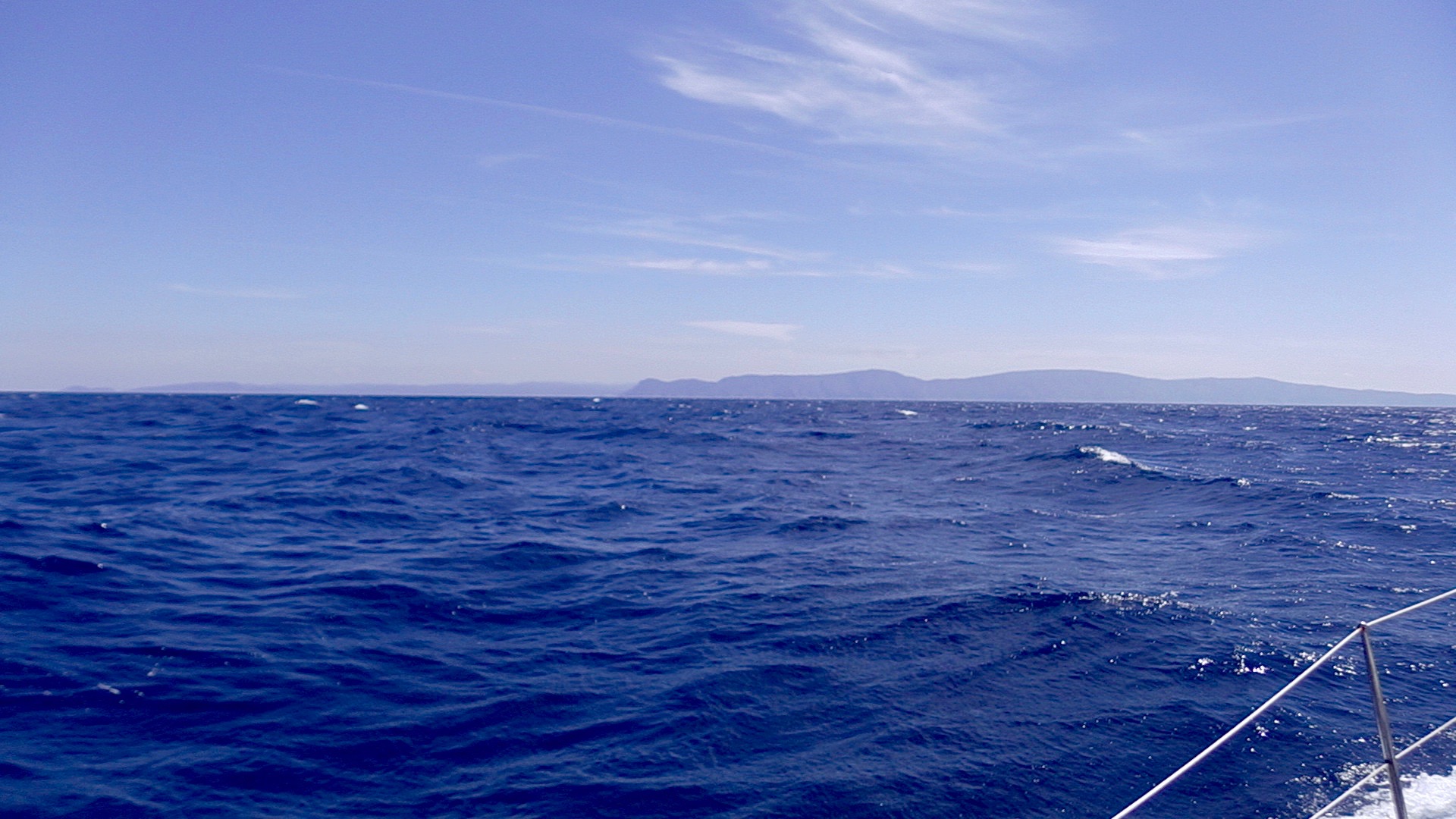
Eventually we rounded a rocky headland into the Ria de Cedeira. A man in a small sportfishing boat pointed at our stern and shouted something in Spanish which I couldn't make out. I waved at him and he waved back and gave me a thumbs up. I then remembered we got the same treatment coming into Fécamp in France - approval of the EU flag apologetically flying on the stern below our red (British) ensign. Good signs indeed. Entering shelter from the wind for the first time in four days, it suddenly got very warm and we threw off clothes as we headed into the harbour. There were no pontoons here, but a large, well-sheltered anchorage promised a good nights sleep at last.
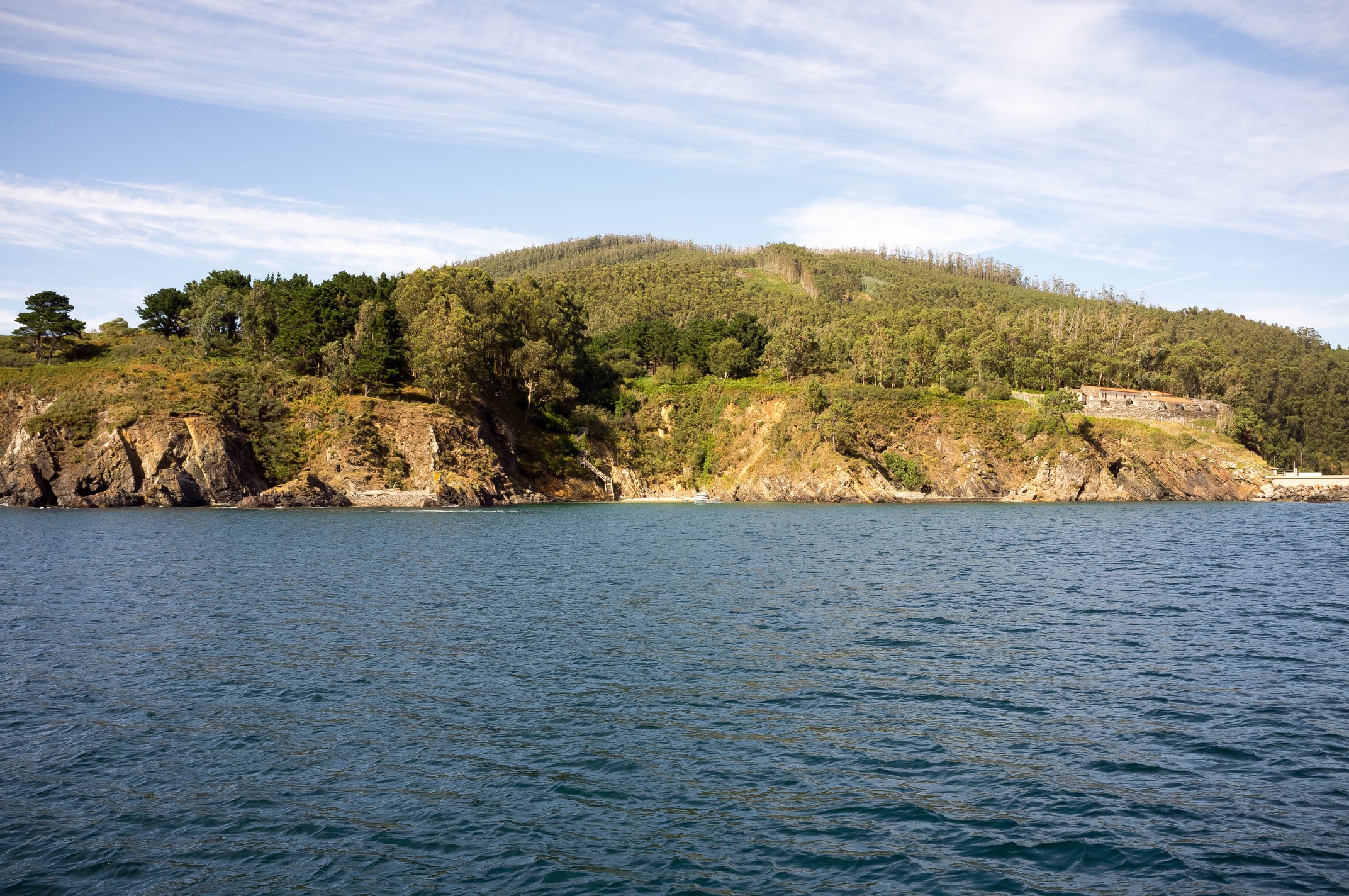
We found a nice spot near a bunch of French cruisers and dropped our hook in 4m water. We were smelly, hungry and tired. Elvyra vanished in the galley while I threw off my boots and stuck my feet in the water. I decided it was a bit fresh for a proper swim and my stomach growled at the smells coming from below, so we gorged ourselves on a hot meal and fell into bed soon after.
Overall it was a pretty good crossing. Nothing (quite) broke, we met many curious dolphins, winds were mostly favourable and we used little of our fuel or water. The autopilot drive needed to be checked out (it did get us here, but howled most disconcertingly now). The watchkeeping routine had worked, the crew had proven itself and so did the boat and all the work done on it in the past two years. We had provisioned well, with plenty of "passage snacks" (pot noodles, cup-a-soups, M&M's and snickers bars turned out to be favorites) and a cockpit bag with essentials, including seasickness pills, flashlights, binoculars, etc, so that we could limit going below in vomit inducing swell.
We had sailed 419 nautical miles in 75 hours, at an average speed of 5.6 knots. Out of those 75 hours, only for 10.5 the engine was running (and often not at full rpm). The tank gauge still showed 3/4 full. Most importantly, we have arrived in Spain, and Cadeira seems a lovely place with sunshine and sandy beaches all around.
